Thessaloniki gets ready for its metro launch in November
The underground rapid transit lines have been under construction for almost two decades due to various project delays
 TheMayor.EU logo
TheMayor.EU logo 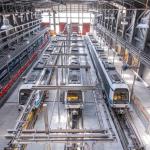
The underground rapid transit lines have been under construction for almost two decades due to various project delays
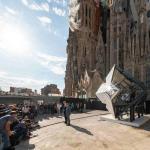
The cross pinnacle on the Tower of Jesus Christ will be ready to receive visitors in 2026 on the centennial of Gaudi’s death

Now you can get your wine in Talence by paying directly in Bitcoin

That’s because the state has to spend money on updating the railway infrastructure rather than subsidizing the cost of the popular pass

Steffen Romstöck said that he would respect the residents’ choice and would take over the helm of the municipality, even if he didn’t run
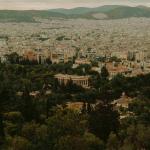
The measure, which will come into force from 1 January 2025, will be partial and temporary…for now
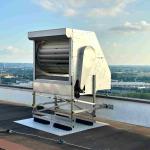
Rethinking renewable energy sources for the urban landscape

But operating them is still illegal under the country’s legislation

The examples, compiled by Beyond Fossil Fuels, can inform and inspire communities and entrepreneurs that still feel trepidation at the prospect of energy transition

Now you can get your wine in Talence by paying directly in Bitcoin

Rethinking renewable energy sources for the urban landscape

The examples, compiled by Beyond Fossil Fuels, can inform and inspire communities and entrepreneurs that still feel trepidation at the prospect of energy transition

The underground rapid transit lines have been under construction for almost two decades due to various project delays

Plus, it has a unique modular design that allows it to be shortened and lengthened like a train
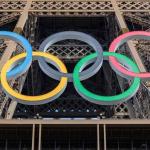
At least, that’s the promise made by the mayor of Paris, Anne Hidalgo
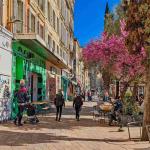
Despite its church-y name, the district has long been known as the hangout spot for the artsy crowds

At least, that’s the promise made by the mayor of Paris, Anne Hidalgo
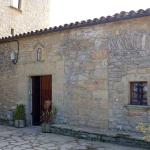
Hostal de Pinós is located in the geographical centre of the autonomous region

On the eve of the new academic year, the ranking considers several distinct but essential factors
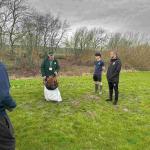
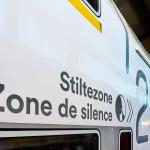
Following a successful trial phase, these quiet areas will now be available on all main routes in the country

The academic institution shows a deeper understanding of the well-being of its students










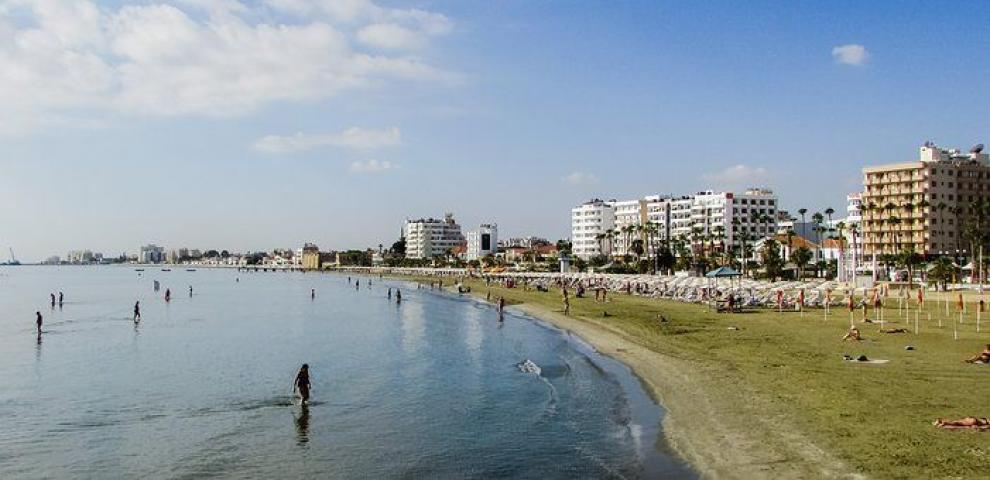
The former city-kingdom of Kiton was originally established. Cultural elements as pottery, new architectural forms and ideas appearing between 1200 BC and 1000 BC are a sign of significant political changes and the arrival of the Achaeans, the first Greek colonists of Kition. Around the same period, Phoenicians settled the area.
In 76 AD and the year after strong earthquakes hit the city. The same natural disasters also occurred in 322 AD and 342 caused the destruction not only of Kition but also of Salamis and Pafos. Kition's harbor silted up. The population decided to moved to the seafront farther south.
During the Ottoman period the commercial port was located at Skala - the seashore immediately south of the Larnaca castle and its neighborhood.
Larnaca is a city, municipality and the capital of the eponymous district located on the southern coast of the island. It is the third-largest city in Cyprus with population of 144,200 (2015).
Since 1975 the economy of Larnaca has been growing, after the loss of the Port of Famagusta, which handled 80% of general cargo, and the closure of Nicosia International Airport. This is the reason why the Larnaca's airport and seaport had increasingly important roles in the economy of the country. Numerous travel, tour operators and other travel-related companies have their head offices in the city. The service sector, employs 3/4 of Larnaca's labor force.
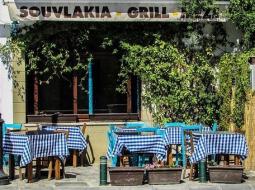
Larnaca is a home of a theatre and an art gallery, which are managed by the municipality.
Much of the attractions are centered on the city promenade during the major festivals. The most important is Kataklysmos or the Festival of the Flood, celebrated in early summer every year with a series of cultural events. The festival used to last for about a week, but, in recent years, with the increased commercialism of peripheral stalls, rides and temporary restaurants, the festival has been extended to about three weeks, during which the seafront is closed to traffic in the evenings.
Address: Athinon Avenue, P.O Box 40045, 6300 Larnaka